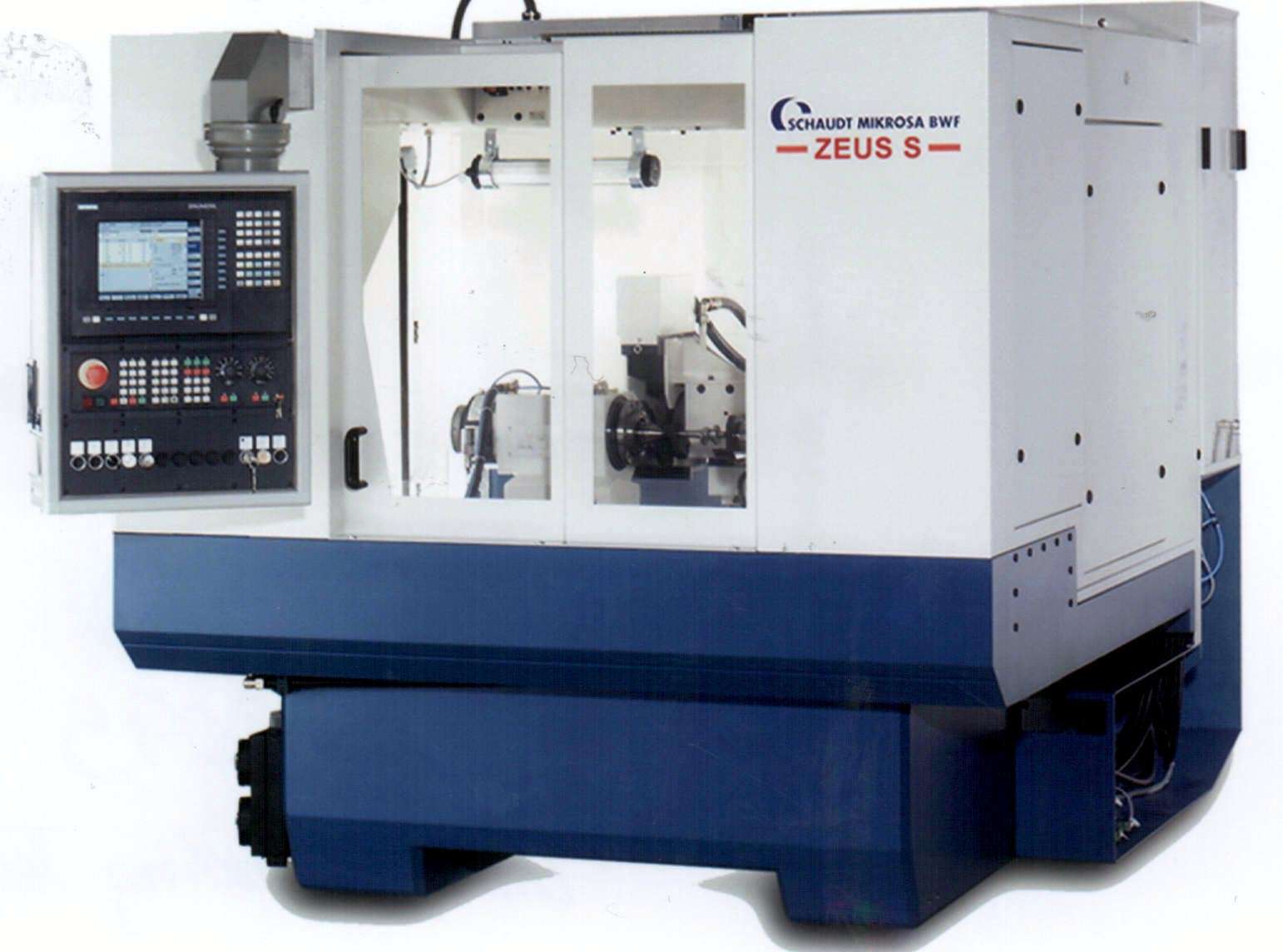The epistemology of the journal Engineering is what you would expect from a science based journal. Every article that I read begins with an abstract that lays out the premise that the journal will discuss. As we discussed in class, the discoveries mentioned in the articles I read build upon previous knowledge. This is typical of science. For example, in the article on plasma adhesion from Engineering the abstract discusses previous discoveries and speaks how its research will build upon this.
Each of the articles followed a similar convention of structure. The all chose to use headings and subheadings to identify sections of their work. As is also typical with scientific writing, graphs and tables are all labeled with a similar convention. Tables have captions above them while graphs and other figures have captions below them. The structure of the articles were all similar to the scientific method of experimentation. The articles begin by identifying a problem then creating a hypothesis. Data is then displayed and observations are made upon the presented data.
The references located in each of the journal articles always came at the end of the article. A number would be placed after a statement but no further explanation would be used to describe the reference. I think that this speaks to the intended audience. The writers of these journal entries are clearly targeting a experienced audience in their respective engineering fields. By leaving the references solely at the end of the article, the writer assumes that the reader will have some prior knowledge of the described references.
The articles described from Engineering, all follow a similar trend in language choice. We discussed in class that scientific writing tends to use hedging. Words such as seem or appear to be are used to show that the observed trends are not certain. For example, in the beam deflection article I discussed, the words "assumption," observed," and "considered". These words are always in association with the proposed solution. The article never says for certain that their procedure is best. This is typical of science writing which is constantly built upon.
The articles in Engineering follow some of the aspects of the Swale genre model. Establishing a territory is frequently used in these mentioned articles. Each article seems to begin with a reviewing of previous research that will be expanded upon. In the plasma adhesion article, generalizations are made about the packaging industry and the direction it is heading. This also falls into Swale's first move.
Since science is more of a wall that is being build upon, move 2 in the Swale genre model is typically indicating a gap. Most of the articles I read do not counterclaim, raise questions, or continue a tradition. These articles show where current research needs to be expanded upon and how their research will fill this gap. In the magnetic sealing article I discussed, the author does not refute claims of traditional sealing methods, only provides information on the gap where magnetic seals fit.
The final step that most of the articles in Engineering touch upon is outlining purposes. Science based articles are typically effective in organization. Due to the previously mention headings and subheadings, the articles in Engineering are well outlined. The articles set up their premise and outline the purpose of their article far before any data is presented or conclusions made. The abstract in the articles I discussed always helped to outline what the article would cover before any conclusions were made.
Engineering followed the expected science base journal. The article was well organized and direct in its approach to learning. The audience in clearly defined as informed professionals in their respective fields of engineering. The language is precise and clear as to what is trying to be accomplished and what conclusions were actually made.
Wednesday, November 10, 2010
Wednesday, November 3, 2010
Abrasives
The article I chose to discus this week is entitled Applications of high-efficiency abrasive process with CBN grinding wheel. This article discusses the advantages to a new abrasive grinding wheel that can help the machining industry.
This is what one of these CBN super-abrasive machines look like. They could be used in any sort of machine shop where fine detail is required. Normally in these situations, a lathe and milling machine must be used. This procedure invokes much more error from human operation as compered to the CBN computer controlled machining.The article discusses the advantages of these proposed machines. The new CBN grinding wheel used by these machines is extremely efficient. These grinding wheels are optimal for companies that handle hard to machine materials. Items such as ceramics are brittle and typically break when exposed to extreme force. However, these CBN grinding wheels are capable of handling brittle materials. The article discusses that these CBN grinding wheels also preferable in any "high-speed and super-high grinding, quick point-grinding, high efficiency deep-cut grinding, creep feed deep grinding, heavy-duty snagging and abrasive belt grinding" situations.
These CBN grinding wheels look very promising for the future. They should become comparable in cost to already employed methods and may actually be financially beneficial as less man hours will be needed to complete a project.
Here is a video I found while I was perusing youtube the other day. I thought it was pretty good, a good compilation of some of the best movie speeches. Enjoy.
Subscribe to:
Comments (Atom)
